Crops
-

Brad Haire posted a story this week in the Southeast Farm Press on the 2014 pecan harvest. You can read the story at https://southeastfarmpress.com/orchard-crops/georgia-s-2014-pecans-smaller-nuts-bigger-price-growing-market The story highlights the impacts of the tough summer weather on the nuts, although it says the weather also helped. Low volumes were related to poor pollination conditions in the spring,…
Posted in: Crops -
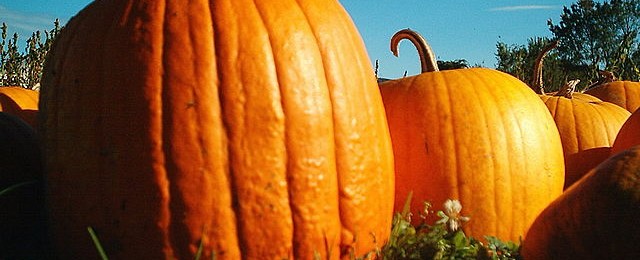
The State Climate Office of North Carolina published a blog entry today describing some work their student interns have done to look at the impact of weather and climate on pumpkin production. They found differences in the plantings dates between eastern and western NC and impacts of growing degree days on insect pest growth. You…
Posted in: Crops -
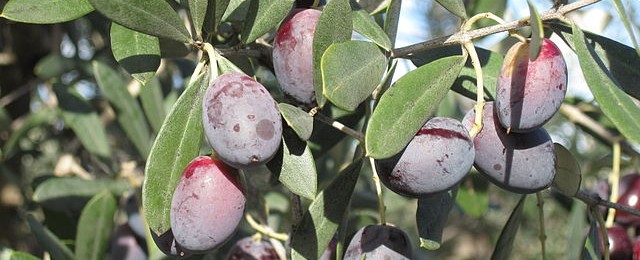
Medical XPress posted an article today discussing the terrible olive harvests that have affected the supply of European olive oil, causing prices to rise significantly. Here is a quote from their article: “Nowhere has the impact of freakish summer weather been felt more painfully than in Tuscany and Umbria, where the subtly aromatic, extra-virgin oils…
-
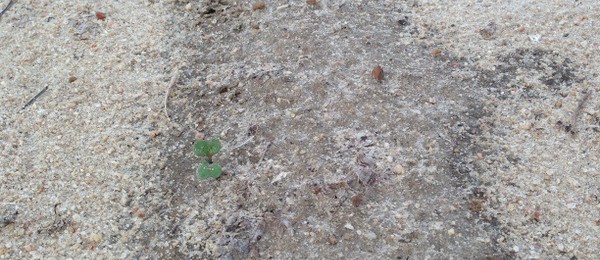
Rome Ethredge reported on Friday in his blog, Seminole Crop News, that canola is having trouble getting established this year in some areas. In fields that were planted just before heavy rains, a crust developed and prevented some seedlings from forcing their way out. Instead the stems are swelling or growing downwards. Cold temperatures are…
-
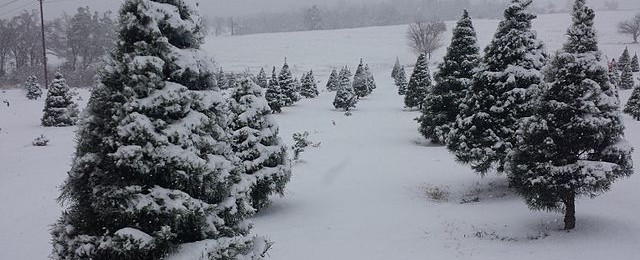
Heavy snow in Michigan and other northern states slowed the delivery of Christmas trees in the past two weeks, according to Associated Press. An article today (link) noted that in some loading yards, stacks of trees awaiting shipment were covered by up to two feet of snow. The snow also covered roads and delayed transportation.…
-

Dr. Lenny Wells, UGA Scientist, gives us a harvest update (thanks to Rome Ethredge for posting this on his blog first): “Early estimates placed the 2014 Georgia Pecan crop at 80-90 million lbs. But, as pecan producers have been gathering their crop, it has been obvious that the lbs making it into the wagons are not what they appeared to be on the…
Posted in: Crops -
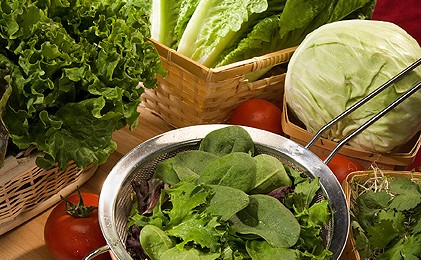
Growing Georgia published an article by Allison Floyd today discussing the opportunities for Southern vegetable farmers due to the continuing drought in California. You can read the article here. Because of the severe water restrictions in California, growers in Georgia are being asked to expand into other varieties of vegetables, including green leafy vegetables which…